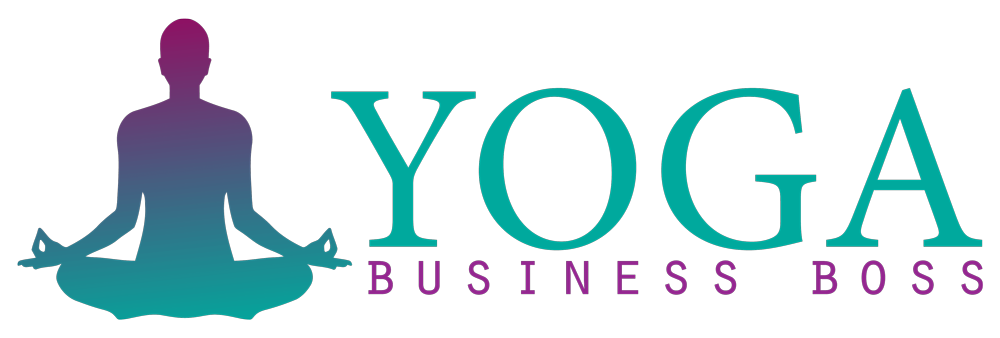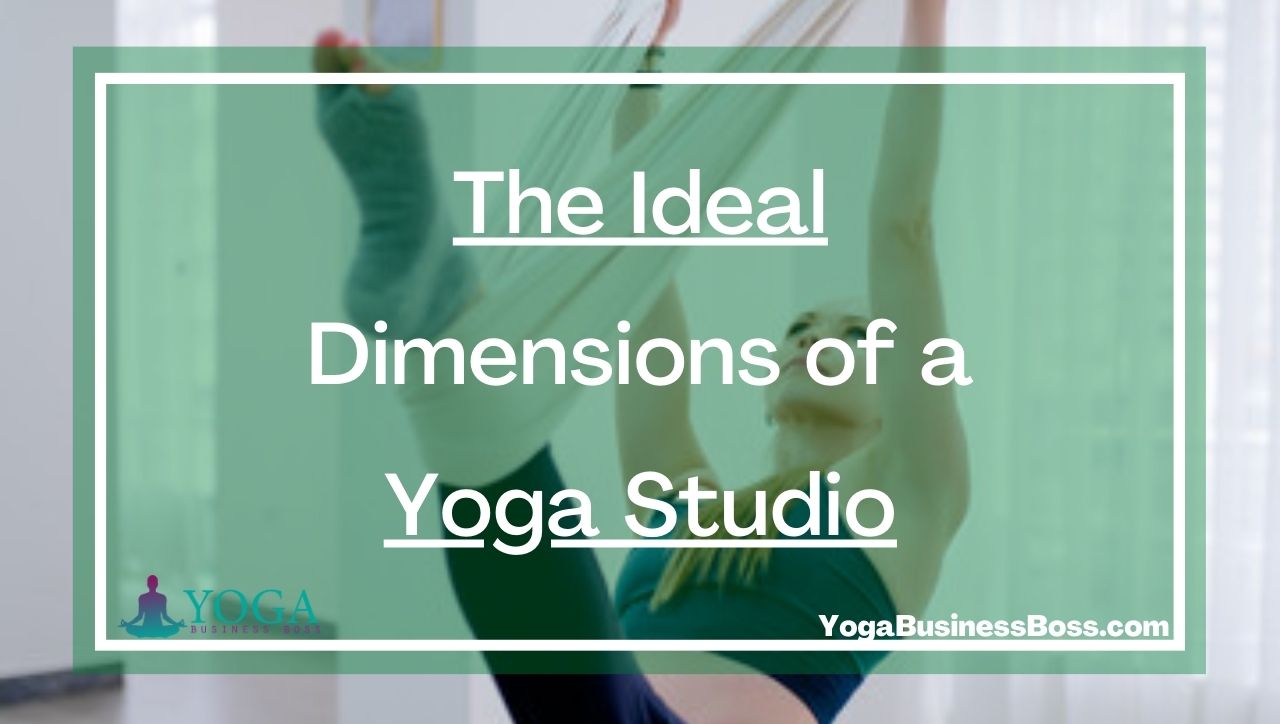When starting a yoga studio, one of the most important considerations is the size of the space. While there is no one-size-fits-all answer to the question of how large a yoga studio should be, there are certain factors that can help you determine the ideal size for your business.
A yoga studio is typically 400 square feet (20 * 20 feet) in size and can accommodate 15-18 people. The standard for larger yoga studios is 25 * 25 feet or even 25 * 30 feet. To determine how big your yoga studio should be, you must know the ideal square footage of a studio, the number of students per class, the storage space, and other studio considerations.
By taking important considerations into account, you’ll be able to determine the ideal dimensions of your yoga studio. With the right planning, you can create a welcoming and comfortable space that allows everyone to fully enjoy their yoga practice.
Ideal Square Footage for a Yoga Studio

In figuring out the ideal square footage for a yoga studio, it’s important to factor in the spaces for changing reception areas, and its office. These additional areas can take up significant space, so make sure to account for them when planning the size of your yoga studio. Generally speaking, the more space you have available to use, the better.
A yoga studio is typically 20 square feet (20 * 20 feet) in size and can accommodate 15-18 people. The standard for larger groups is 25 * 25 feet or even 25 * 30 feet. Meanwhile, if your class size is smaller or you plan on running private sessions, then you can get away with a smaller area. However, it’s best to err on the side of caution and ensure that you have adequate room for your class.
Five Best Yoga Booking Platforms
Number of Yoga Students per Class
The number of students in your classes can have a direct impact on how large the yoga studio needs to be. Ideally, it should be able to comfortably accommodate anywhere from 10 to 25 people in a single session.
A typical small class could have no more than 10 people, while larger classes, such as Hatha or Vinyasa, may accommodate up to 30 participants. If your classes involve partner work or other group activities, you will need to ensure there is enough space for these activities as well.
Five Tips To Decorate The Perfect Yoga Studio
Storage space for Yoga Essentials

The storage space should also be taken into consideration to determine the ideal size of the area where yoga may be practiced. Storage space is necessary for the yoga props and equipment, as well as for the studio’s supplies.
For example, if you offer classes such as Pilates, you may require sizeable storage space for Pilates reformers, mats, weights, etc. Also, many studios like to keep spare blocks, straps, and blankets on hand for their students to use so extra space for storage is required.
A yoga studio also needs office supplies, cleaning tools, and organizing materials for it to operate properly and smoothly. Keeping all these would require adequate space and must be considered in setting the size of the studio. Make sure you leave enough room for storage in your layout plan so that all of your necessary items are easily accessible and may be neatly kept.
The Six Best Online Yoga Studios
Other Yoga Studio Considerations
When deciding how large your yoga studio should be, you’ll likewise need to consider these other important factors:
- Location: Where is your studio located? Is it in an urban or rural setting? This can greatly impact the size of your yoga studio, as it affects how many people can easily access the studio.
- Budget: Your budget for building or renting a space for your studio will also play a role in determining its size. You’ll want to make sure you can comfortably cover all of your costs so that your studio can remain operational and profitable.
- Type of Class: If you plan to offer sessions that involve fast and dynamic movements, you will need more space than if you offer a basic or slower-paced style. You will also want to factor in any props you may use during your classes as you will need enough space for students to move around freely with their props. Some yoga styles may need the use of a sound system for a good yoga experience. Make sure to allot space for speakers, microphones, and other equipment.
- Facilities: A changing room, lockers, and shower stalls may be necessary additions to your studio and these amenities take up a lot of space. You’ll need to count them into your considerations when determining the right studio size.
- Aesthetics: The look and feel of your yoga studio are also important, as they will set the tone for each class and the overall atmosphere. You’ll need enough space to create an inviting and relaxing environment.
Conclusion

To know how big your yoga studio should be, you must know the ideal square footage of your studio, the number of students per class, the storage space, amenities, and other factors and considerations of a yoga studio. The size of your studio will have a direct impact on how many yoga students you have paying for classes with you. If your space is too small, you may have to turn away students from class, so keep an ideal number of students in mind when looking for your yoga studio space.
Frequently Asked Questions
A 2’x6′ yoga mat with a 5-inch perimeter requires approximately 16 square feet of space. While for others, it’s 21 square feet. In an 800-square-foot studio, that is between 38 and 50 practitioners.
Thinner mats can aid in stability for styles of yoga that include more active poses or balanced, focused poses. Look for mats with textured surfaces to improve grip when the poses become more strenuous. Thicker mats offer more cushioning and are ideal for more therapeutic practices.
To learn more about starting your own Yoga Business check out my startup documents here.
Please note: This blog post is for educational purposes only and does not constitute legal advice. Please consult a legal expert to address your specific needs.

Meet Shawn Chun: Entrepreneur and Yoga Fan
I’m a happy individual who happens to be an entrepreneur. I have owned several types of businesses in my life from a coffee shop to an import and export business to an online review business plus a few more and now I create online yoga business resources for those interested in starting new ventures. It’s demanding work but I love it. I do it for those passionate about their business and their goals. That’s why when I meet a yoga business owner in public at a studio or anywhere else I see myself. I know how hard the struggle is to retain clients, find good employees and keep the business growing all while trying to stay competitive.
That’s why I created Yoga Business Boss: I want to help future yoga business owners like you build a thriving business that brings you endless joy and supports your ideal lifestyle.

